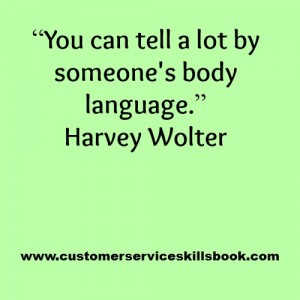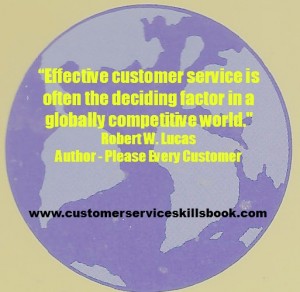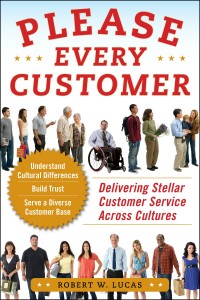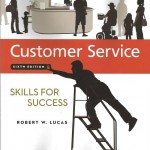Strengthening Communication with Customers – Tip#3
Demonstrate Openness
Customers who feel that they have an active role in and control of a service-provider interaction often feel more important and valued. Improved interpersonal communication can lead to higher levels of customer satisfaction and retention and reduced stress for you and your co-workers.
Take advantage of the following strategy to build stronger relationships with your internal and external customers by demonstrating openness.
Customers often want to see that service providers understand them on a personal level. The worst thing you can do as a service provider is to hide behind a policy or deflect responsibility when dealing with a customer issue or question. Think of how you likely react when a service provider says something like, “I can’t do that because our policy says . . . .” You probably feel the hairs rise on the back of your neck and become agitated. Your customers are no different. When interacting with them, take the time to put yourself in their place before saying something or taking an action that might create an adversarial situation.
For specific strategies on more effective communication with your customers, get a copy of Customer Service Skills for Success and Please Every Customer: Delivering Stellar Customer Service Across Cultures.
About Robert W. Lucas
Bob Lucas has been a trainer, presenter, customer service expert, and adult educator for over four decades. He has written hundreds of articles on training, writing, self-publishing, and workplace learning skills and issues. He is also an award-winning author who has written thirty-seven books on topics such as, writing, relationships, customer service, brain-based learning, and creative training strategies, interpersonal communication, diversity, and supervisory skills. Additionally, he has contributed articles, chapters, and activities to eighteen compilation books. Bob retired from the U.S. Marine Corps in 1991 after twenty-two years of active and reserve service.
Make Money Writing Books: Proven Profit Making Strategies for Authors by Robert W. Lucas at Amazon.com.
The key to successfully making money as an author and/or self-publisher is to brand yourself and your company and to make yourself and your book(s) a household name. Part of this is face-to-face interaction with people at trade shows, library events, book readings, book store signings, blogging or guest blogging on a topic related to their book(s). Another strategy involves writing articles and other materials that show up online and are found when people search for a given topic related to a topic about which the author has written.
If you need help building an author platform, branding yourself and your book(s) or generating recognition for what you do, Make Money Writing Books will help. Bob’s popular book addresses a multitude of ideas and strategies that you can use to help sell more books and create residual and passive income streams. The tips outlined in the book are focused to help authors but apply to virtually any professional trying to increase personal and product recognition and visibility.
In my book Customer Service Skills for Success, I define customer service as “the ability of knowledgeable, capable, and enthusiastic employees to deliver products and services to their internal and external customers in a manner that satisfies identified and unidentified needs and ultimately results in positive word-of-mouth publicity and return business.”

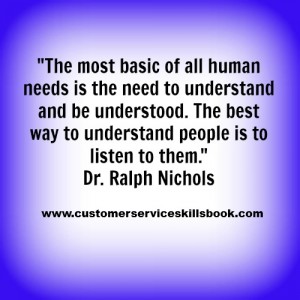 Improving Customer Service With Active Listening Skills
Improving Customer Service With Active Listening Skills